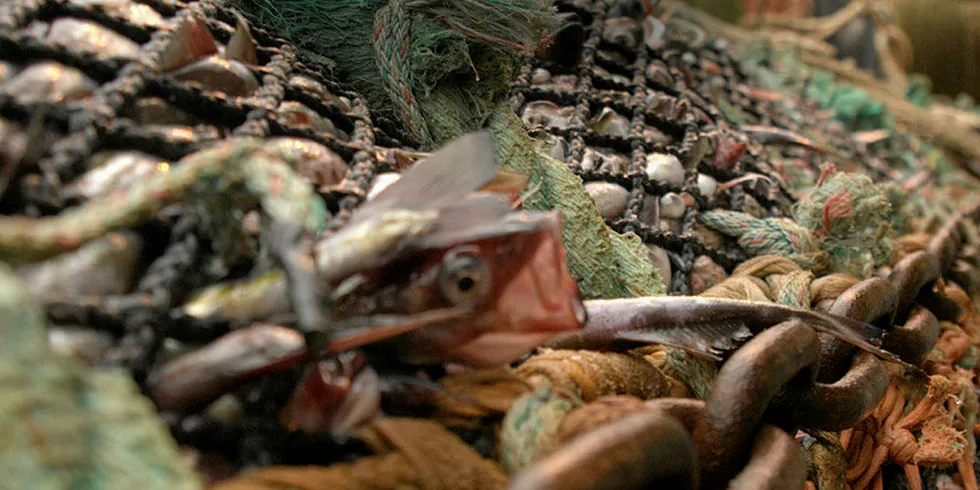Pacific whiting fishery to begin with lower quota, Covid-19 cautions
The fishery, which starts in two weeks, will have to begin with a lower ‘interim’ TAC, but a final ruling is expected at some point in June.

The fishery, which starts in two weeks, will have to begin with a lower ‘interim’ TAC, but a final ruling is expected at some point in June.
